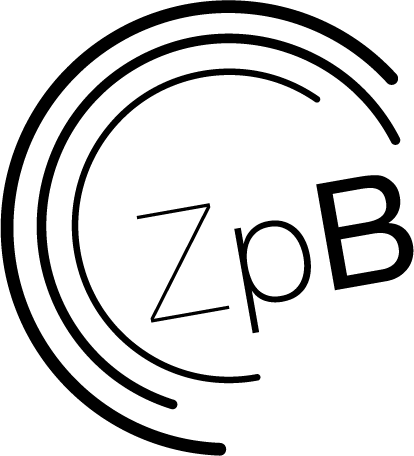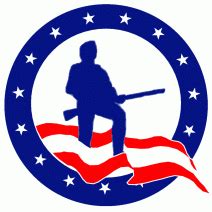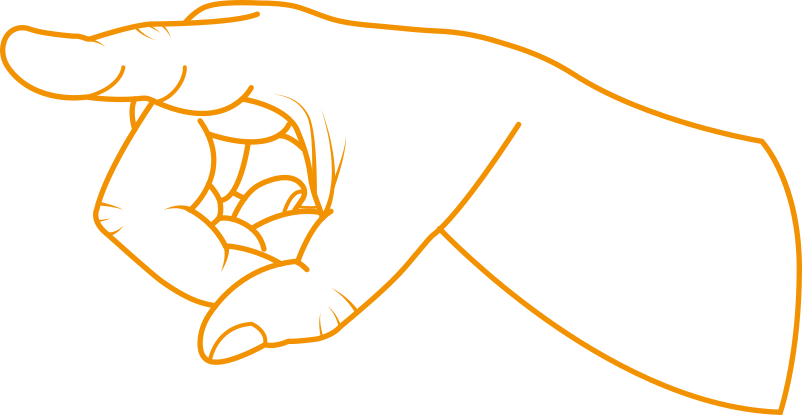INFORMATION oder MANIPULATION?
Propaganda, Desinformation und Falschinformationen beeinflussen nicht nur DEINE Meinung. Absichtlich und unabsichtlich falsche Informationen gefährden die Demokratie, weil sie das Vertrauen in Politik, Justiz, Medien und Wissenschaft zerstören, die öffentliche Meinung manipulieren, Wahlen beeinflussen, Spaltungen vertiefen und Menschen gegeneinander aufhetzen.
Mach den Test! Erhalte wertvolle Tipps und trainiere dein kritisches Denken!









